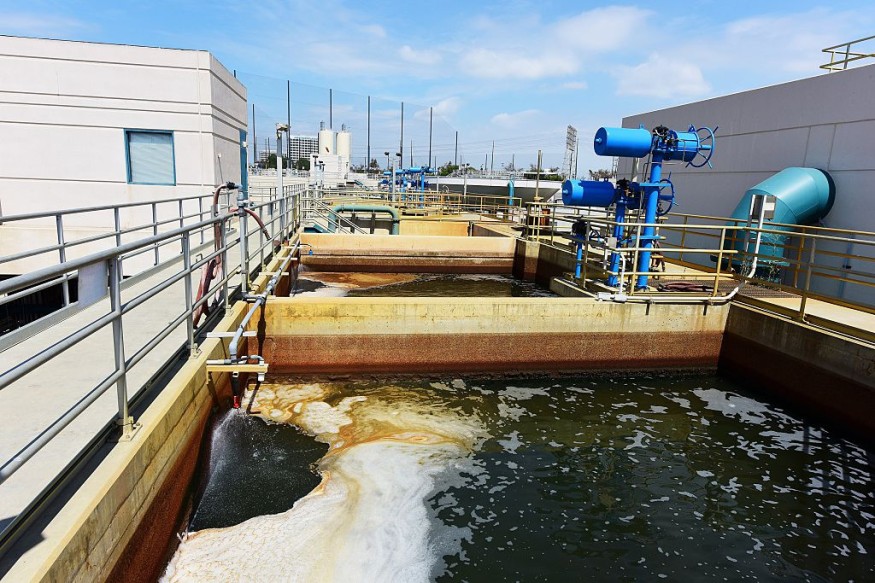California Approves' Toilet-to-Tap,' Bringing Treated Sewage Back to Kitchens

California officials have recently approved new regulations allowing water agencies to implement "toilet-to-tap" measures, recycling wastewater from homes to augment the state's water supply, per the NY Post.
Despite initial concerns from consumers, officials assure the safety of the scheme, emphasizing the thorough three-stage treatment process the water undergoes.
Darrin Polhemus, director of the Division of Drinking Water and the State Water Resources Control Board, stated that the resulting water will be of the highest quality in the state.
California, known for its susceptibility to droughts, has historically relied on water from other states, primarily through the Colorado River.
While the water produced through this process may be more expensive than imported water, officials argue that it provides a more renewable and reliable supply.
California is the second state to adopt this approach, following Colorado.
Protecting Public Health and Reducing Dependency on External Water Sources
Joaquin Esquivel, Board Chair, emphasized the goal of protecting public health and reducing the state's dependency on external water sources, particularly from the Colorado River, according to CNN.
He noted that similar "toilet-to-tap" processes are already in place in various locations, and the move is essential to secure a sustainable water supply.
Orange County's Groundwater Replenishment System, housing the world's largest purification system, is already recycling 100% of local wastewater.
With worsening drought conditions, this initiative becomes crucial for a state that has struggled to provide drinking water to its 38 million residents.
Over 97% of California has experienced moderate to severe drought in 2023, marking one of the worst multi-year droughts on record.
Despite past challenges and public reluctance, the need for such measures has become evident, especially considering the increasing risk of water shortages among suppliers.
The regulations are designed to build public trust through rigorous standards, scientific processes, and monitoring to ensure safe, pure water.
Stringent Treatment Processes for Recycled Water
Under the approved regulations, any water recycled through this process must undergo at least three separate treatment processes and be continuously monitored for pathogens, The Washington Post reports.
These processes involve ozonation, the addition of ozone gas for disinfection, biologically activated carbon addition, reverse osmosis to physically remove contaminants, and an advanced oxidation process using chemicals like hydrogen peroxide or chlorine.
While the regulations do not mandate direct distribution of recycled water for potable use, they provide water companies with the option to do so, potentially conserving resources and minimizing waste discharged into natural waterways.
The move aligns with California's broader efforts to address water supply challenges, with proposals for water recycling targets set to cost $27 billion by 2040.
The Metropolitan Water District of Southern California has already initiated a major water recycling project to address the state's water supply concerns.
The recent approval of "toilet-to-tap" regulations represents a significant step toward ensuring water sustainability in California.
This article is owned by Latin Post.
Written by: Bert Hoover
WATCH: 'From toilet to tap': California looks to boost its future water supply - From ABC News
Subscribe to Latin Post!
Sign up for our free newsletter for the Latest coverage!
















